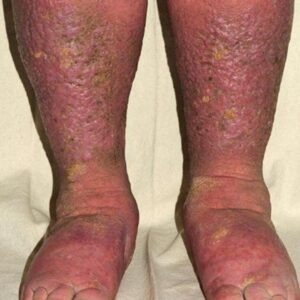Pimples form when tiny openings in the skin, called hair follicles or pores, become blocked. Normally, these pores allow oil (sebum) to reach the skin’s surface and keep it moisturized. But when excess oil mixes with dead skin cells, it can clog the pores.
Once a pore is clogged, it creates the perfect environment for bacteria, especially Cutibacterium acnes, to grow. These bacteria cause the skin to become red, swollen, and sometimes filled with pus—this is what we recognize as a pimple.
Hormonal changes, especially during puberty, menstruation, or stress, can trigger the body to produce more oil. That’s why teenagers and even adults under stress are more prone to breakouts. Some skincare products, poor hygiene, or touching the face often can also worsen the condition.
Pimples can appear on the face, back, chest, and shoulders—anywhere there are active oil glands. While they are common and usually not serious, persistent acne may require proper skincare or medical treatment to prevent scarring and reduce inflammation.





